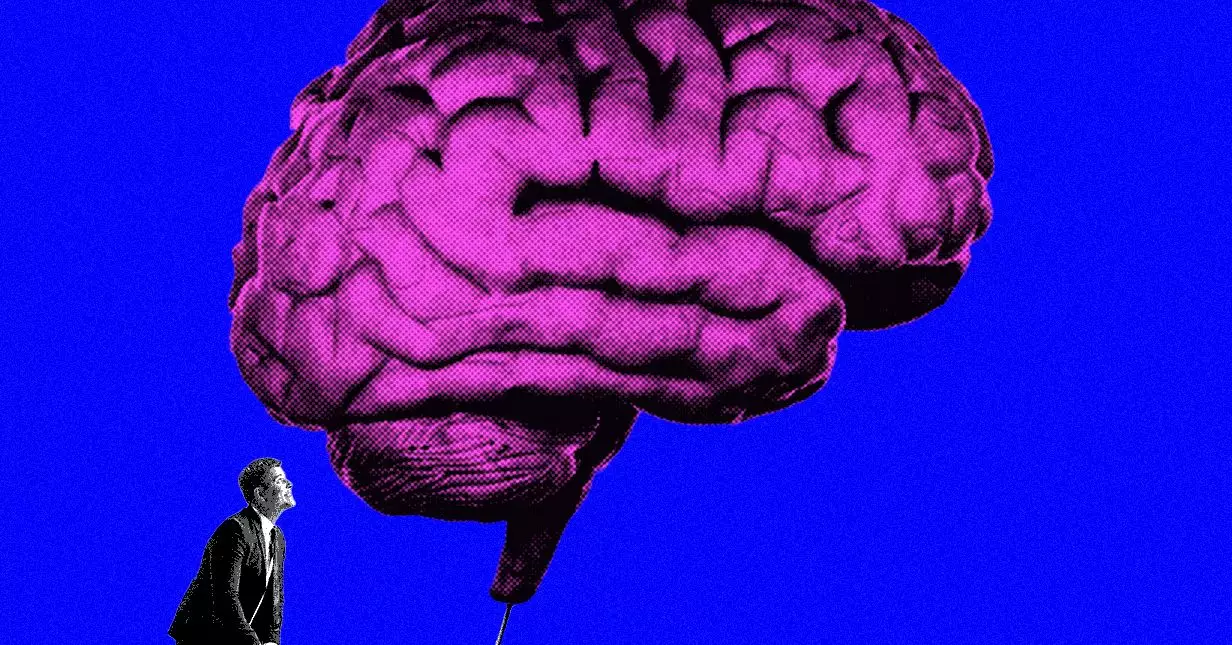In the evolving landscape of artificial intelligence (AI), organizations often grapple with an unavoidable paradox: the paradox of dirty data. While most businesses possess vast amounts of data and a vision for its utilization, the struggle to work with unrefined, poorly structured information can lead to subpar AI model performance. This widespread issue has driven Jonathan Frankle, chief AI scientist at Databricks, to rethink how AI models can be trained more effectively without the burden of perfectly cleaned labeled data.
Throughout the last year, Frankle engaged with numerous clients, gaining insights into their unique hurdles in deploying AI solutions. These discussions consistently highlighted a stark reality: even when organizations have the raw materials—data at their disposal—the lack of rigorous quality standards often hampers the fine-tuning process of AI models. Companies find themselves in a paradox where potential remains locked away due to reliance on clean data—a resource that is often elusive.
Innovative Solutions: Forging Paths in Data Quality
Databricks has stepped into this fray with a pioneering approach designed to enhance AI model performance, regardless of data purity. At the heart of this method lies a remarkable concept known as Test-time Adaptive Optimization (TAO), which leverages reinforcement learning and synthetic data to amplify the effectiveness of AI models. This unique combination allows for the creation of more adaptive systems that can learn and improve based on continuous feedback, opening avenues for enterprises to deploy their AI agents much more efficiently.
Moreover, the idea of integrating reinforcement learning into the training process serves a dual purpose: it not only polishes the model’s capabilities but also generates synthetic training data, which can function as a proxy for the clean labeled datasets that are often hard to come by. By tapping into reinforcement learning’s iterative nature, TAO provides an alternative route for refining models that might otherwise struggle under the weight of unstructured inputs.
Best-of-N Strategy: A Nimble Learning Framework
A notable element of Databricks’ strategy is the adoption of the “best-of-N” method, which accentuates the capacity for continuous improvement within AI models. By training a model to predict which of several results (the best-of-N) human evaluators would favor, Databricks effectively cultivates a targeted approach to model enhancement. This not only leads to higher-quality outputs but also streamlines the ongoing iteration process, mitigating the adverse effects of limited clean data.
This multi-tiered process culminates in the establishment of what Frankle refers to as the Databricks reward model (DBRM). By employing DBRM, the AI system can refine other models’ outputs without necessitating additional labeled datasets. This procedural synergy accelerates the development cycle of AI models, enabling enterprises to derive value from their data assets more rapidly.
Databricks’ Commitment to Transparency and Innovation
What truly differentiates Databricks in the crowded AI landscape is its commitment to transparency. Unlike many competitors, Databricks openly shares its methodologies and innovations with clients, instilling confidence in their capabilities to craft bespoke AI models. This willingness to showcase their processes is not merely an exercise in marketing; it’s a declaration of intent, portraying Databricks as a genuine partner in navigating AI challenges.
Furthermore, this transparency also enables clients to better understand the value of synthetic data in AI development. By disclosing their processes, Databricks cultivates a community of shared knowledge, allowing organizations to better deploy AI in a way that overcomes existing data-related obstacles.
Future Trajectories in AI Development
As AI continues to advance and become ingrained in the operational strategies of myriad industries, the imperative for accurate, usable data will only heighten. The methodologies proposed by Databricks represent a necessary evolution, advocating for smarter use of the imperfect data that businesses already possess. This innovative thinking not only propels AI capabilities forward but also democratizes access to advanced technologies, levelling the playing field across various sectors.
Given the incessant demand for AI-driven insights and solutions, the contributions of companies like Databricks signal a significant shift—the recognition that in the world of AI, embracing imperfections may be the key to unlocking unparalleled potential.

